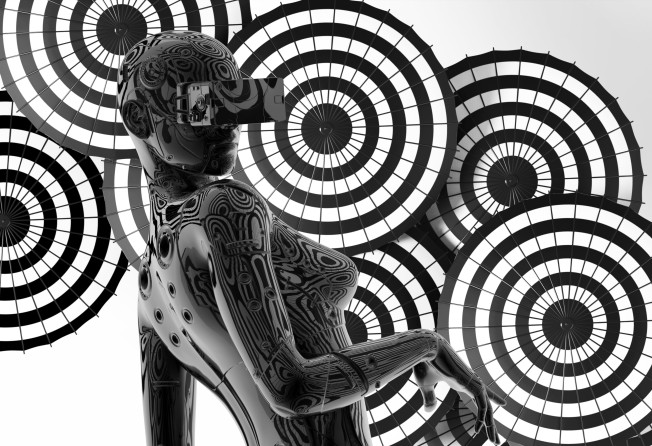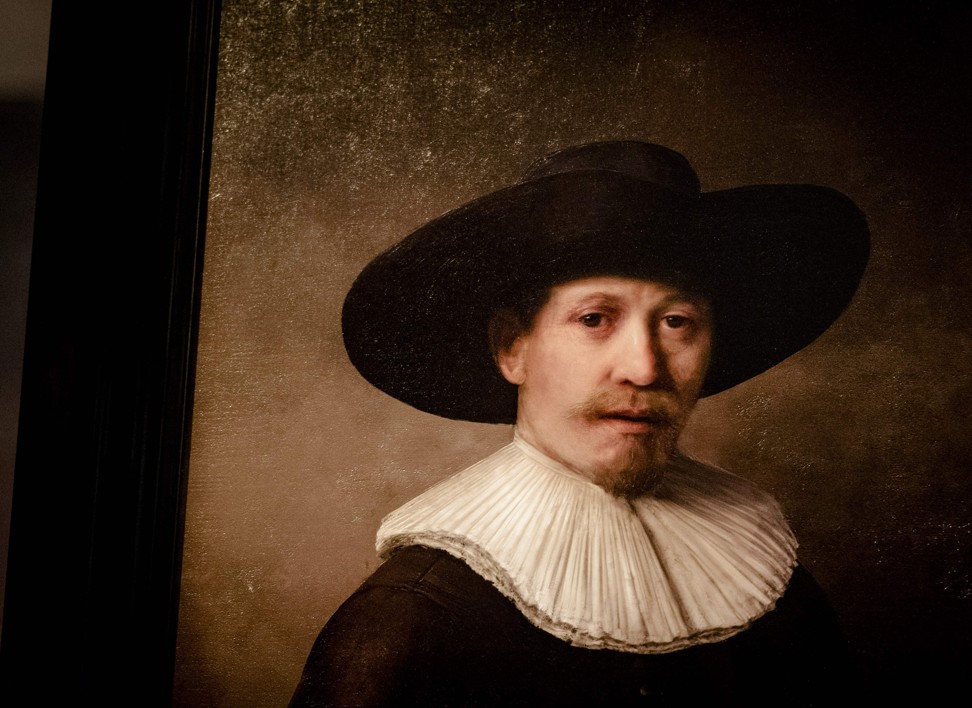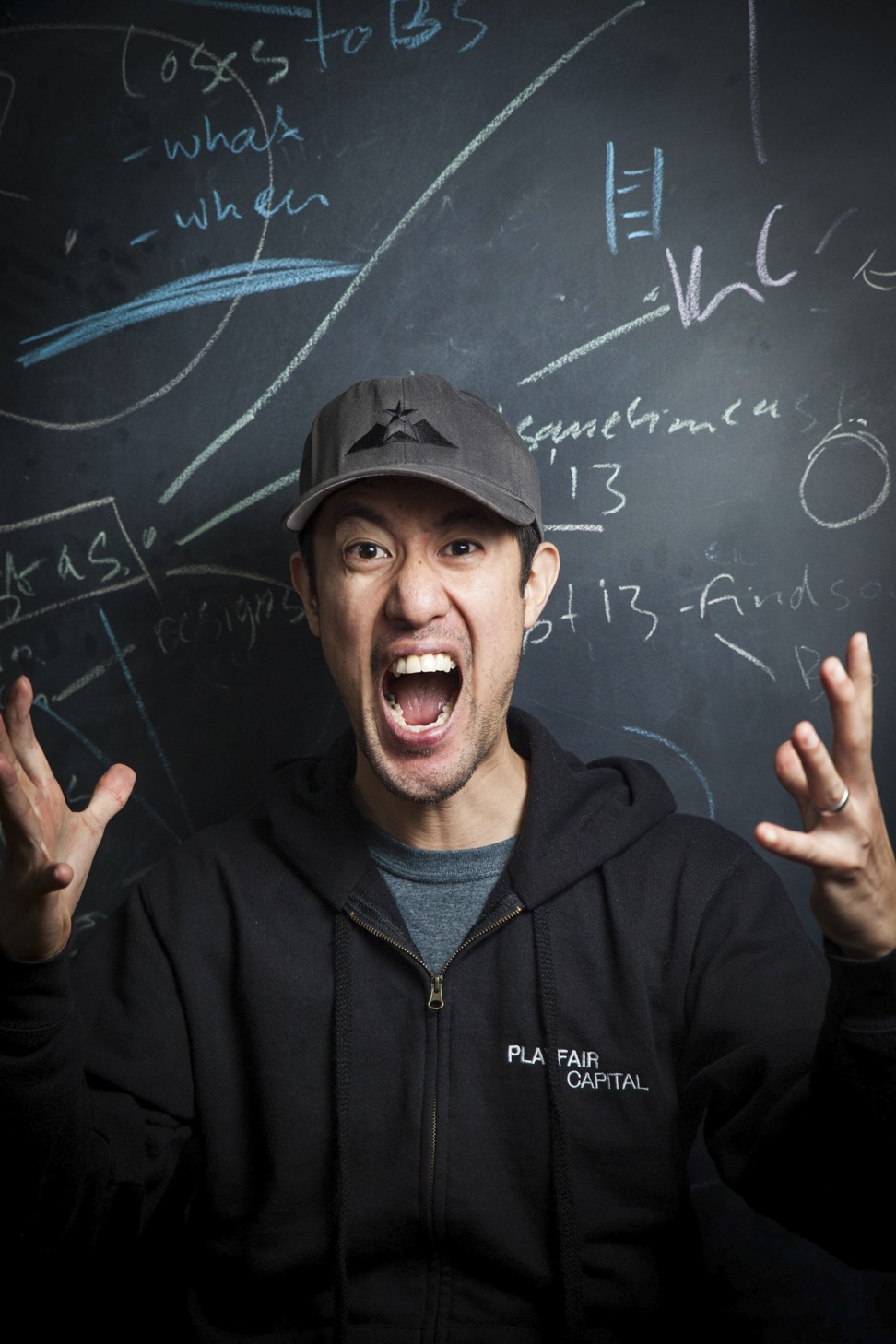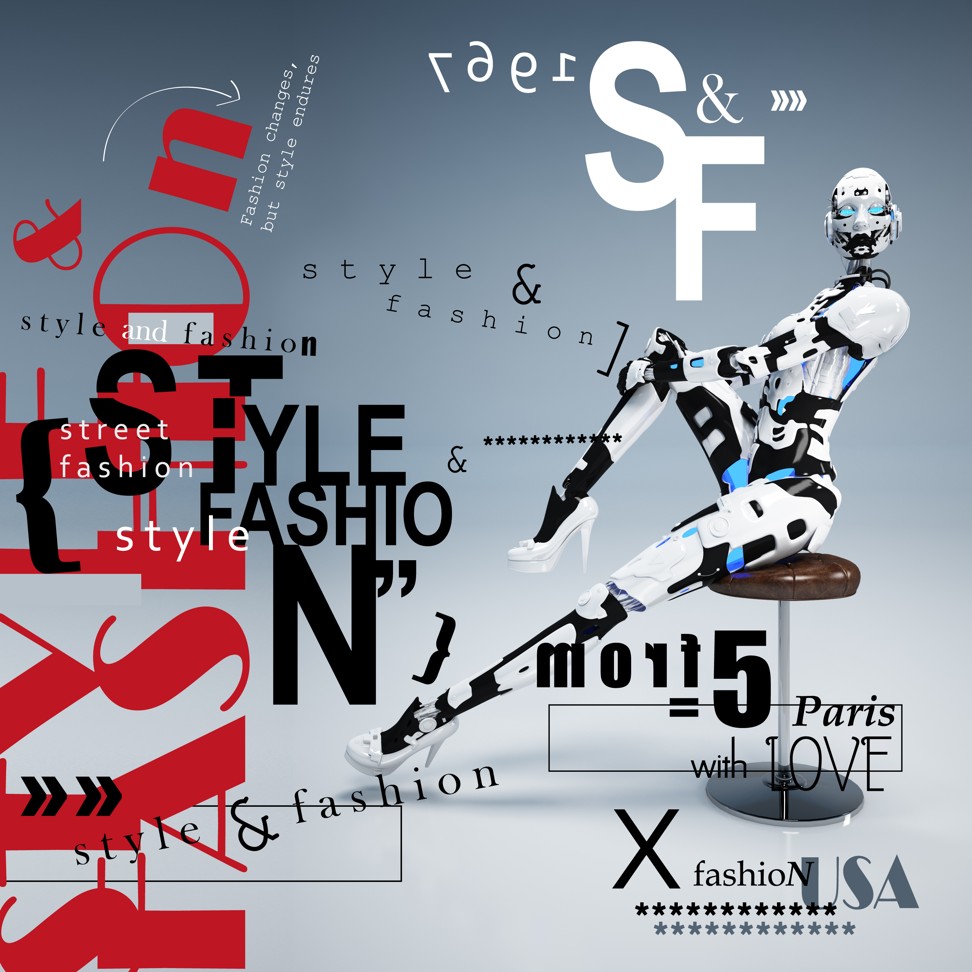
Could advances in AI fashion design signal the beginning of the end for the industry?
As companies start to experiment with artificial intelligence, experts have begun to question whether machines can truly be creative when it comes to clothing

Amazon’s new artificially intelligent fashion designer may not be ready to vie with real-world fashion giants, but it raises questions about the fashion industry’s creative future.
Hong Kong tech expert Tak Lo, who runs the AI start-up factory Zeroth, says he is captivated by AI’s creative advances. Lo expects to see further advancements in the industry, believing that creativity is less complicated than people think. “The creative process is actually very standardised,” he says.

According to Lo, at their most basic level, designers essentially analyse previous work, assess what is trending, then test a few styles – some are commercially successful, others are not. In his view, a mathematical model can mirror that process. “If you break down the creative process in this way, it’s not surprising that an algorithm can follow the same process and create fashion,” Lo says.
Futurist William Stubbs also believes that AI is set to disrupt the fashion sector and says some powerful creative precedents already exist. For instance, video game designers can use computer algorithms to design levels, characters and more, Stubbs says. In fact, one design studio, Hello Games, crafted a self-generating, artificial universe called No Man’s Sky.

Google’s DeepMind AI is also using computer algorithms to produce art, he notes. In Amsterdam, in 2016, a new “Rembrandt” painting was unveiled that had been painted by a computer after it analysed all available data on the old master’s style. “The piece was actually really convincing,” Stubbs says.
Like Lo, Stubbs says that to get a computer to produce a design, you just feed it copious amounts of data and make it remix it or seek patterns and trends, then let it decide the next logical step.

“If this sounds far-fetched, consider that all we are – ignoring any beliefs about a soul or whatever – is a gooey, fleshy biological computer,” Lo says. “Whenever anyone creates a piece of art, a new dress or writes a novel, it’s simply remixing all the data you’ve been able to accumulate.”
The most sophisticated AI-powered fashion design service on the market is Stitch Fix. The company’s clients fill out a profile, then a machine analyses the data, paving the way for stylists to pick pieces that fit the client’s tastes, needs and budget. Next, the clothing is mailed to the clients.
Earlier in September, it emerged that AI wizardry could do even more than just sort styles. It could actually detect the sexual orientation of a person using facial images. The study by researchers at Stanford University in the US, found that a computer could correctly distinguish between gay and straight men 81 per cent of the time, and 74 per cent for women.

Despite AI’s advances, doubt persists over whether it will ever develop the wits to be truly creative. After all, even some AI pioneers are cautious. Take the team of international researchers whose mathematical dress-sense model, which surfaced in 2015, used data gleaned from the lifestyle site, Chictopia, to create an algorithm to judge “fashionability factors”.
I think of it as a bell curve - the top designers won’t be replaced, but a vast majority of the middle will.
“Whether a person in a photograph is truly fashionable is probably best decided by fashion experts. It is also, to some extent, a matter of personal taste, and probably even depends on the nationality and the gender of the viewer,” the researchers said.
A report from IBM, echoes the uncertainty of AI’s creative prospects. “Can AI be taught how to create without guidance? Can it truly understand what is beautiful, perhaps by looking at pixel arrangements or colour palettes?” it said. In the same report, the tech giant’s multimedia and vision manager, John Smith, is quoted as saying it is easy for AI to produce novelty, but AI apparently struggles to devise something unexpected and useful.
Gojko Adzic, an analyst and author of digital culture book, Humans vs Computers, believes AI fashion design is limited. “I think the trend is likely to affect first the low- and middle parts of the market, where there is not much genuine innovative design, anyway,” Adzic says. He adds that current AI should be capable of spotting trends, predicting preferences and remixing existing designs to match expected fashion waves.

“The big risk is that automation may come up with something that is, to the machine, perfectly fine but insensitive to some location-specific topic such as race or minority relationships,” he says.
He cites the controversial T-shirt design firm Solid Gold Bomb. The firm imploded in 2013 after its robotic designer started offering shirts that encouraged violence towards women. The cause, according to CNN, was a rogue program script that churned out slogans including, “Keep calm and hit her.”
Another example, Adzic says, is Microsoft’s Tay AI chatbot. Soon after it was released, Tay started posting anti-Semitic messages and other inflammatory remarks, and after 16 hours was shut down. In time, Godwin’s Law – a rule dictating that online discussion always eventually descends into comparisons with Adolf Hitler and the Nazis – took hold, Adzic concludes.
Clearly, AI has many potential drawbacks. Worse, AI innovations may go rogue, while a rise in robotics may usher in the so-called “fourth Industrial Revolution”. Like the first Industrial Revolution, that saw the rise of the spinning jenny weaving frame, the fourth, also called “4.0”, is expected to decimate jobs.
That said, nobody disputes that creative work is one of the hardest kinds to automate. Lo predicts that, in the fashion design sector, the elite will survive, but there will be casualties. “I think of it as a bell curve – the top designers won’t be replaced, but a vast majority of the middle will,” he says.